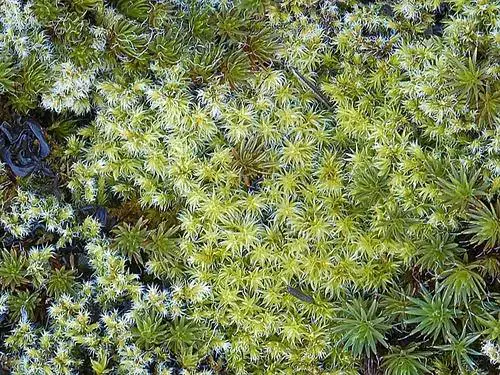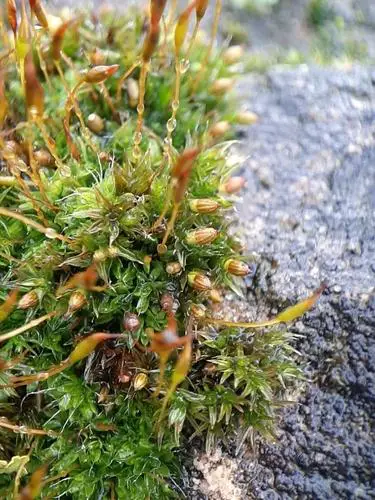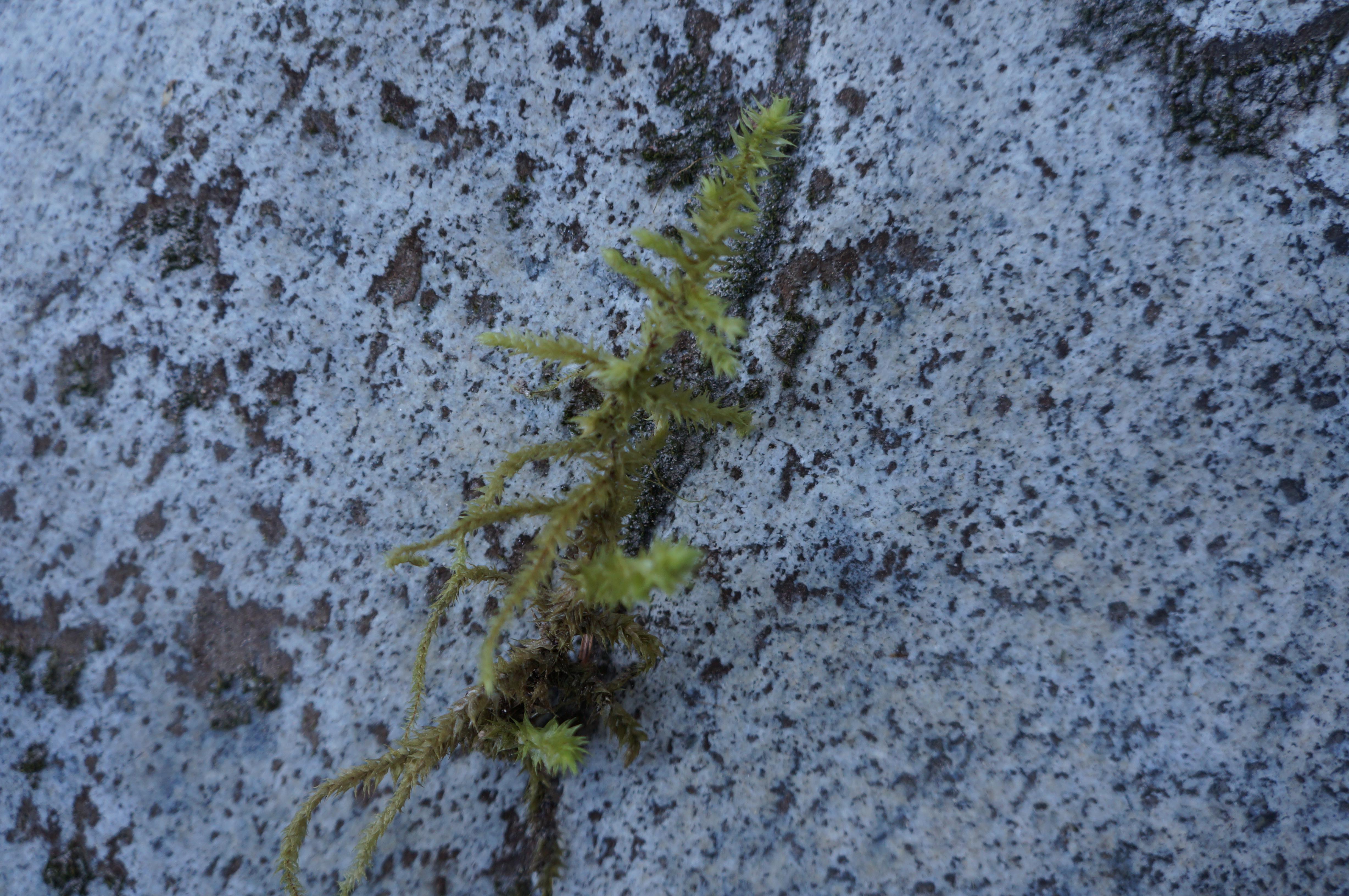
medium.jpg from: https://www.inaturalist.org/taxa/274906-Neckera-oligocarpa
Neckera ehrenbergii: The Elegant Moss of the Neckeraceae Family
Introduction
Neckera ehrenbergii Müll.Hal., commonly known as Neckera moss, is a fascinating species of moss belonging to the Neckeraceae family. This elegant moss has captured the attention of enthusiasts and researchers alike due to its unique morphology and ecological adaptations. In this blog post, we will delve into the world of Neckera ehrenbergii and explore its characteristics, distribution, and ecological significance.

medium.jpeg from: https://www.inaturalist.org/taxa/948025-Neckera-cephalonica
Background

Neckera-douglasii-Redman-Watershed-Preserve-Redmond.jpg from: https://thomasbancroft.photoshelter.com/gallery-image/Mosses-Liverworts-Lichens-of-Pacific-Northwest/G0000dtPgw15Sd9A/I0000lIzn86a2vjk
Neckera ehrenbergii is a species of moss classified under the division Bryophyta and the class Bryopsida. The specific epithet “ehrenbergii” honors Christian Gottfried Ehrenberg, a renowned German naturalist and microscopist. The Neckeraceae family, to which this moss belongs, is known for its distinctive morphological features and widespread distribution.
Morphology and Identification
Neckera ehrenbergii is characterized by its glossy, dark green leaves that are arranged in a complanate (flattened) manner. The leaves are ovate-lanceolate in shape and have a rounded or obtuse apex. The leaf margins are entire or slightly serrate near the apex. The costa (midrib) is short and double, often extending only 1/4 to 1/3 of the leaf length.
The stems of Neckera ehrenbergii are creeping and irregularly branched, with branches that are complanate and pinnately arranged. The capsules are erect and cylindrical, borne on short setae (stalks). The peristome (tooth-like structures surrounding the capsule opening) is

838295.jpg from: https://www.bio-forum.pl/messages/3280/838284.html
double, with the exostome (outer peristome) consisting of 16 teeth

famous-boxwood-colchis-buxus-colchica-subtropical-evergreen-covered-neckera-moss-famous-boxwood-colchis-buxus-colchica-subtropical-129866422.jpg from: https://www.dreamstime.com/famous-boxwood-colchis-buxus-colchica-subtropical-evergreen-covered-neckera-moss-famous-boxwood-colchis-buxus-colchica-subtropical-image129866422
and the endostome (inner peristome) composed of 16 segments.
Global Distribution and Habitat
Neckera ehrenbergii has a wide distribution, occurring in various regions of

2020-12-06-13-05-54.jpg from: https://www.britishbryologicalsociety.org.uk/learning/species-finder/neckera-crispa/
Europe, Asia, Africa, and the Americas. It typically grows on tree trunks, branches, and rocks

2022-02-04-14-55-01.jpg from: https://www.britishbryologicalsociety.org.uk/learning/species-finder/neckera-pumila/
in moist, shaded habitats such as forests, ravines, and stream banks. This moss prefers humid and temperate climates and is often found at elevations ranging from sea level to montane regions.
Ecological Roles and Adaptations
Neckera ehrenbergii plays important ecological roles in its habitats. As an epiphytic moss, it contributes to the diversity and complexity of forest ecosystems. The moss mats formed by Neckera ehrenbergii provide shelter and moisture for various invertebrates and microorganisms, creating microhabitats within the forest canopy.
This moss species has developed several adaptations to thrive in its preferred habitats. The complanate leaf arrangement allows for efficient light capture in shaded environments. The glossy leaf surface helps in water retention and protection against desiccation. Additionally, the creeping growth habit enables the moss to spread and colonize suitable substrates effectively.
| Characteristic | Description |
|---|---|
| Leaf shape | Ovate-lanceolate with a rounded or obtuse apex |
| Leaf margin | Entire or slightly serrate near the apex |
| Costa | Short and double, extending 1/4 to 1/3 of leaf length |
| Stem | Creeping and irregularly branched |
| Capsule | Erect and cylindrical, borne on short setae |
| Peristome | Double, with 16 exostome teeth and 16 endostome segments |
Conclusion
Neckera ehrenbergii Müll.Hal. is a remarkable moss species that showcases the beauty and diversity of the Neckeraceae family. Its distinctive morphology, global distribution, and ecological adaptations make it a fascinating subject for enthusiasts and researchers. As we continue to explore the world of mosses, Neckera ehrenbergii

subtropische-altijdgroene-behandelde-neckera-mos-het-beroemde-van-bukshoutcolchis-buxus-colchica-129866345.jpg from: https://nl.dreamstime.com/subtropische-altijdgroene-behandelde-neckera-mos-het-beroemde-van-bukshoutcolchis-buxus-colchica-image129866345
reminds us of the important roles these tiny plants play in our ecosystems. The next time you encounter this elegant moss, take a moment to appreciate its intricate details and ponder the hidden wonders it holds. Who knows what other secrets the world of mosses has yet to reveal?

moss-neckera-pumila-nella-foresta-primaria-di-vecchia-crescita-sulle-montagne-carpathian-foto-macro-buone-168466061.jpg from: https://it.dreamstime.com/moss-neckera-pumila-nella-foresta-primaria-di-vecchia-crescita-sulle-montagne-carpathian-foto-macro-buone-image168466061

dsc04618.jpg from: https://ringcreekbiodiversity.wordpress.com/ground-species/neckara-douglasii/